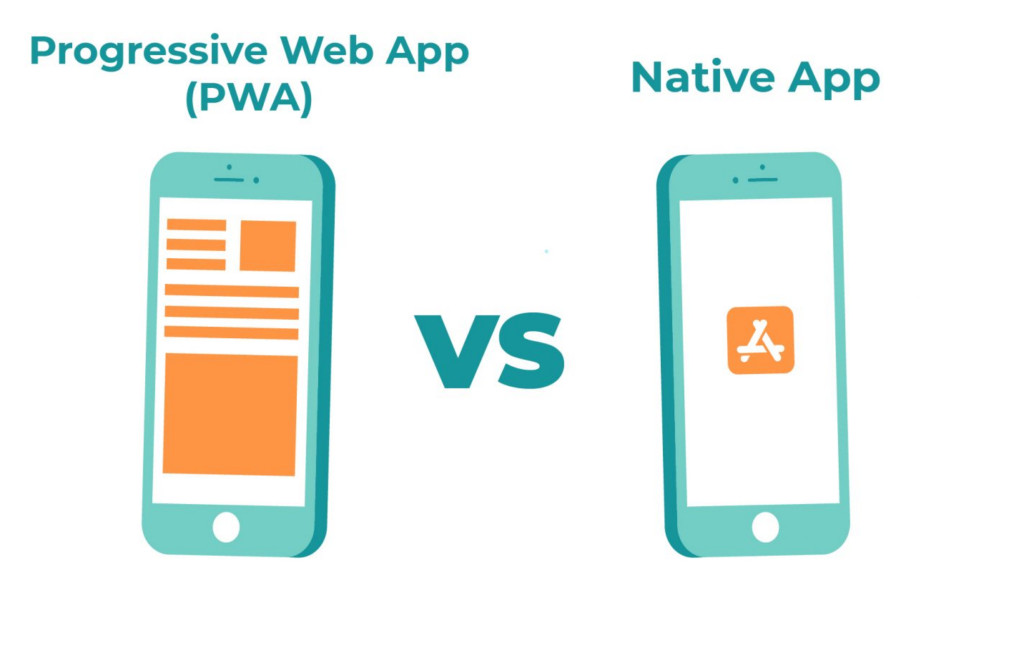In the fast-evolving landscape of technology, staying ahead of the curve is crucial for businesses, especially in the realm of E-commerce. One such advancement that has gained prominence is Progressive Web Apps (PWAs). This article explores the concept of PWAs, their functionalities, and provides insights into building a web app using PWA technology.
Understanding PWA
Progressive Web Apps (PWAs) are a category of web applications built using web technologies but delivering a user experience similar to that of native apps. They leverage the best of both worlds, combining the reach of the web with the engagement of mobile apps. Key technologies that empower PWAs include Service Workers, Manifest files, and HTTPS.
Key Features of PWA
- Service Workers: These are scripts that run in the background, separate from web pages, enabling features such as push notifications and background sync. Service workers play a pivotal role in making PWAs functional even in offline scenarios.
- Manifest: A JSON file that provides metadata about the web app. It includes details like the app’s name, icons, and the start URL. The manifest file contributes to the app’s installation on the user’s device and its appearance on the home screen.
- HTTPS: PWAs require a secure connection to ensure the integrity and security of the transferred data. The use of HTTPS is not just a recommendation but a necessity for PWA functionality.
Offline Capabilities
One of the standout features of PWAs is their ability to function seamlessly offline. Thanks to service workers, PWAs can cache essential resources, allowing users to access the app even when they are not connected to the internet. This is a game-changer, particularly in regions with unreliable network connectivity.
PWA vs. Native App
Advantages of PWA
- Cross-platform Compatibility: Unlike native apps that are platform-specific, PWAs work on various platforms, reducing development efforts.
- No App Store Dependency: Users can access PWAs directly through a web browser, eliminating the need to go through app stores. This can be advantageous for businesses struggling to convince users to download a separate app.
- Cost-Effective Development: Building a PWA often involves less time and resources compared to developing separate native apps for multiple platforms.
Advantages of Native Apps
- Performance: Native apps may have a slight edge in terms of performance as they are optimized for specific platforms.
- Access to Device Features: Native apps can leverage specific hardware features of the device, providing a more integrated experience.
- App Store Visibility: Native apps benefit from being featured in app stores, increasing their visibility to potential users.

PWA and the Future of E-commerce
For businesses in the E-commerce sector, adopting PWAs can be a strategic move. Here’s why:
1. Enhanced User Experience
PWAs offer a smooth and engaging user experience, comparable to native apps. This can significantly impact user retention and satisfaction, crucial factors in the competitive E-commerce landscape.
2. Increased Accessibility
By bypassing the need for users to download an app from an app store, PWAs eliminate friction in the onboarding process. This is especially beneficial for businesses targeting audiences in regions with low app adoption rates.
3. Offline Shopping Capabilities
The ability of PWAs to operate offline ensures that users can browse products and make purchases even in areas with limited or no internet connectivity. This widens the customer base and enhances the overall accessibility of the E-commerce platform.
Building a PWA for Your Web App
Now, let’s delve into the steps to build a web app using PWA technology:
1. Create a Manifest File
Develop a manifest file (manifest.json) containing essential information about your web app, such as the app name, icons, and theme colors. This file plays a crucial role in the app’s installation process.
{
"name": "E-commerce PWA",
"short_name": "ShopPWA",
"description": "Your one-stop shop with offline capabilities.",
"start_url": "/",
"display": "standalone",
"background_color": "#ffffff",
"theme_color": "#4285f4",
"icons": [
{
"src": "/icon.png",
"sizes": "192x192",
"type": "image/png"
}
]
}
2. Implement Service Workers
Write service workers to handle background processes, caching, and offline functionality. This step is critical for ensuring that your PWA remains functional even when users are not connected to the internet.
3. Enable HTTPS
As mentioned earlier, PWA functionality requires a secure connection. Ensure that your web app is served over HTTPS to guarantee data integrity and security.
4. Optimize for Performance
Optimize your web app for performance by minimizing resource sizes, leveraging browser caching, and employing best practices in web development. This ensures a smooth and responsive user experience.
5. Test Across Browsers
Thoroughly test your PWA across different browsers to ensure compatibility and consistent performance. Address any issues that may arise on specific platforms.
6. Promote Installation
Encourage users to install your PWA by implementing strategies like adding a “Add to Home Screen” prompt. Make the installation process seamless to enhance user adoption.
In conclusion, Progressive Web Apps represent a significant leap in web development, offering businesses a powerful tool to enhance user engagement and accessibility. For E-commerce platforms looking to navigate the mobile landscape effectively, embracing PWA technology can be a game-changing strategy, providing a competitive edge in the evolving digital marketplace.
Explore more fascinating blog posts on our site!

Progressive Web Apps can be a somewhat controversial tool. What’s your opinion? Please leave a comment! Thank you for reading this post.